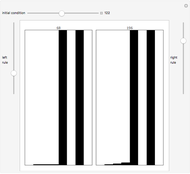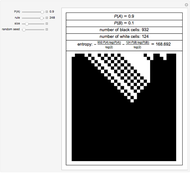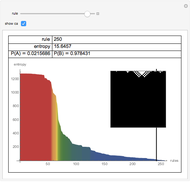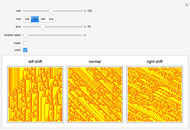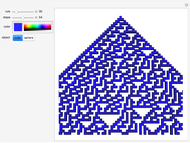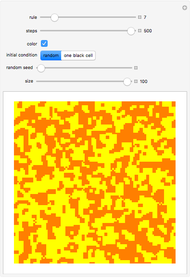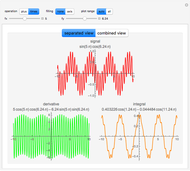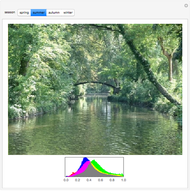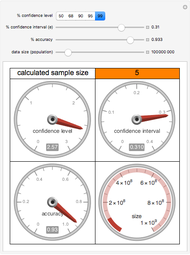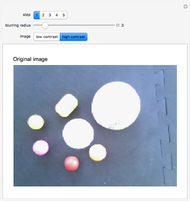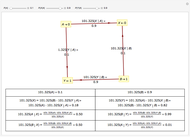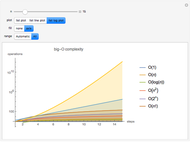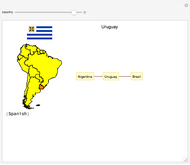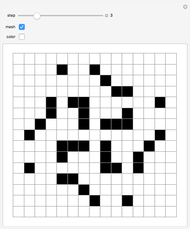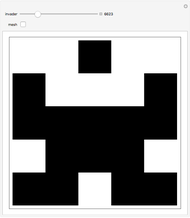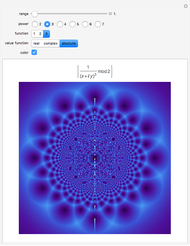Classifying the Complexity and Information of Cellular Automata
Initializing live version

Requires a Wolfram Notebook System
Interact on desktop, mobile and cloud with the free Wolfram Player or other Wolfram Language products.
Cellular automata (CA) can be classified according to the complexity and information produced by the behavior of the CA pattern:
[more]
Contributed by: Daniel de Souza Carvalho (March 2011)
Open content licensed under CC BY-NC-SA
Snapshots
Details
Inspired by:
CA classification by S. Wolfram and  parameter by C. Langton.
parameter by C. Langton.
G. W. Flake, The Computational Beauty of Nature: Computer Explorations of Fractals, Chaos, Complex Systems, and Adaptation, Cambridge, MA: MIT Press, 1998.
Permanent Citation












